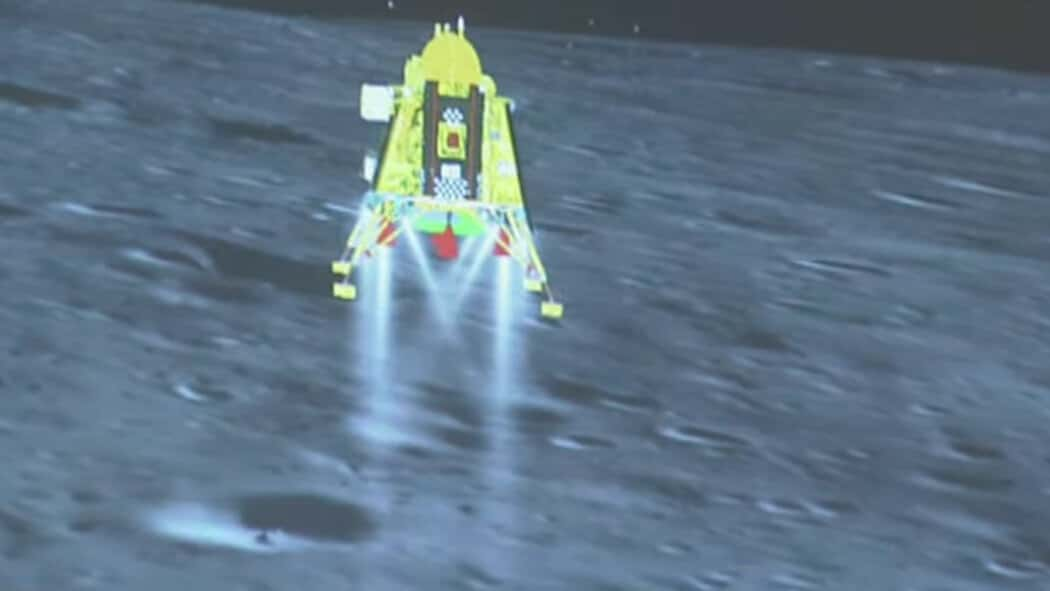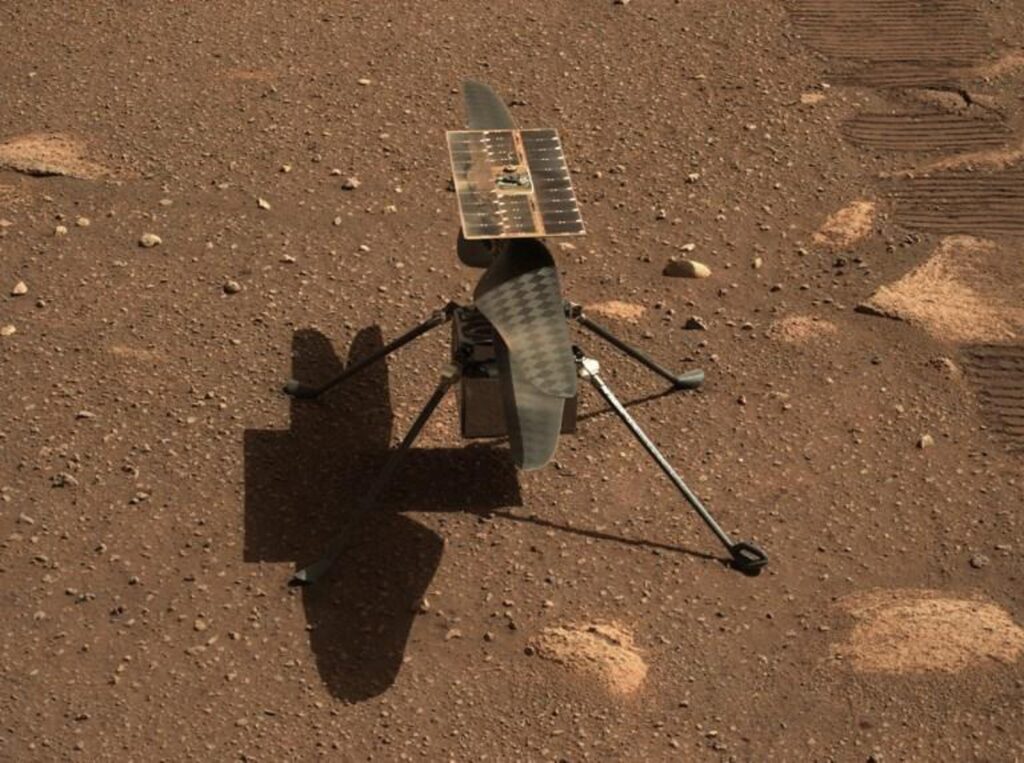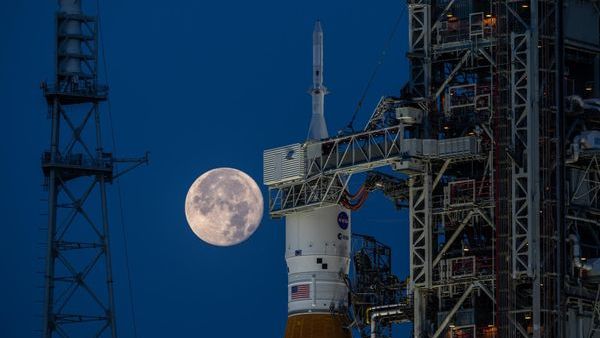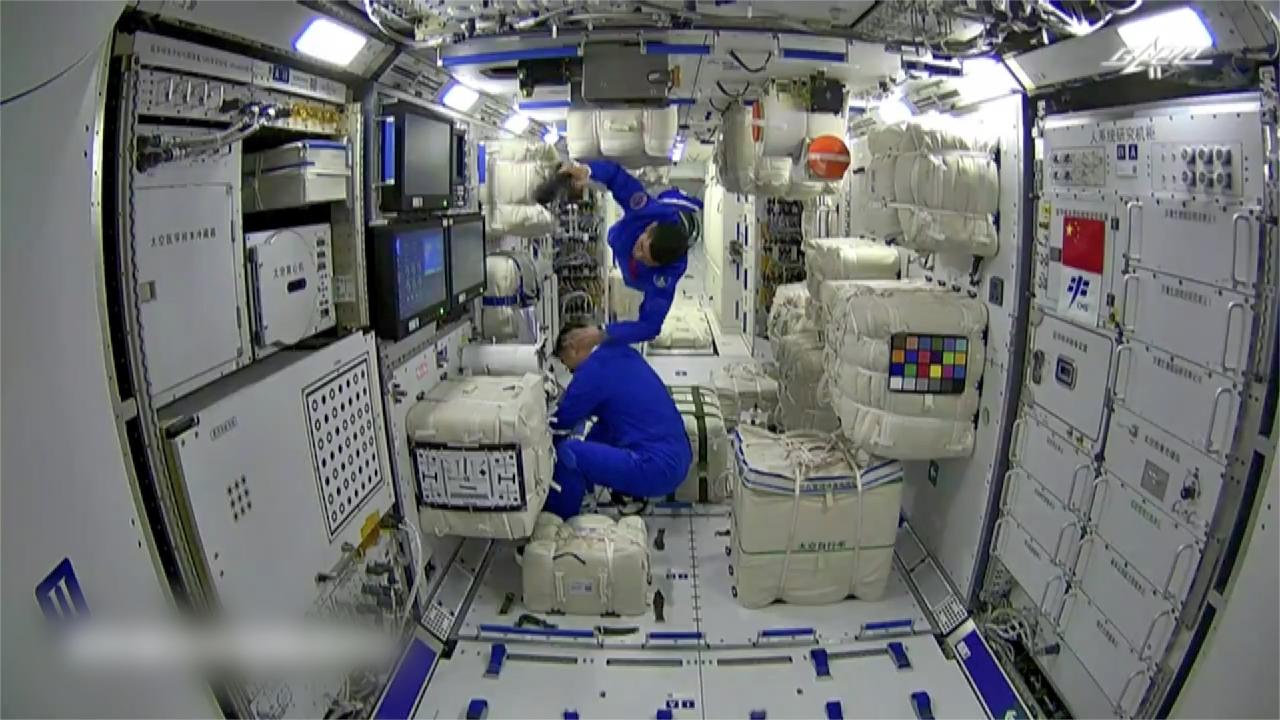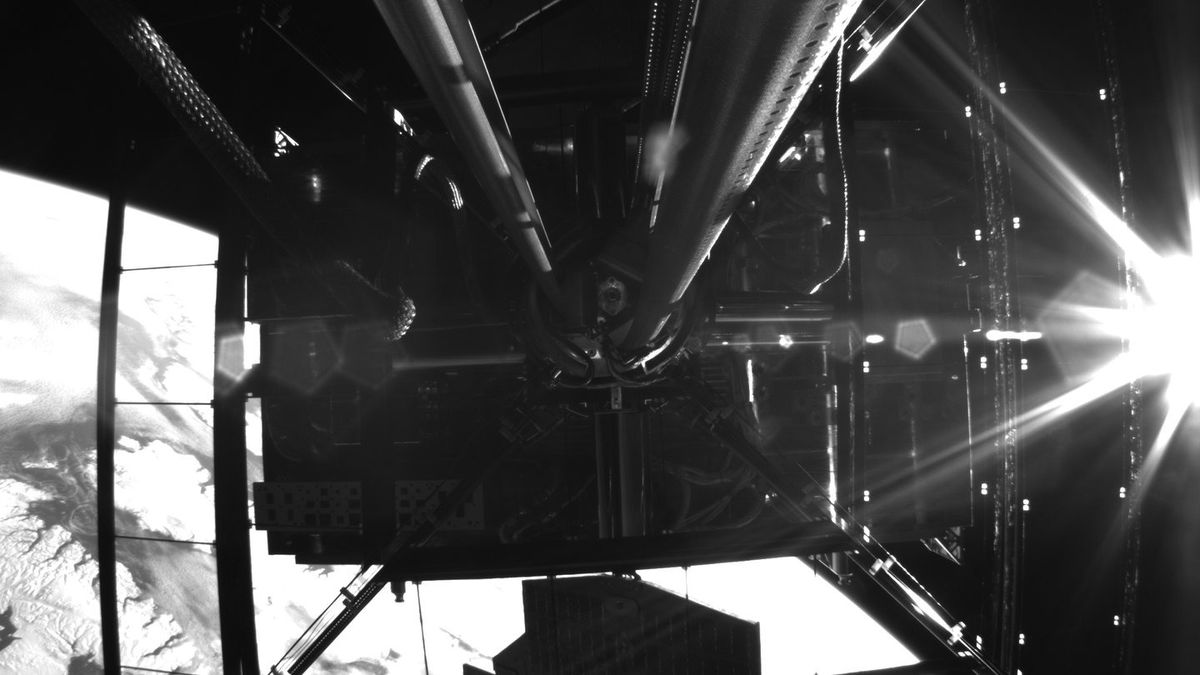The two-week mission of the Vikram lander and Pragyan rover is currently roughly halfway complete. Halfway through the Chandrayaan-3 mission, India’s Pragyan lunar rover took a first-ever picture of its mothership, the Vikram lander, as the two continued their groundbreaking exploration.

Chandrayaan-3 moon rover mission’s lander leaning against the dust-covered lunar surface showed
In an article from space.com, on Wednesday, August 30, the Indian Space Research Organization (ISRO) unveiled two black-and-white pictures of Vikram, which showed the Chandrayaan-3 moon rover mission’s lander leaning against the dust-covered lunar surface.
The photo was shot on Wednesday, August 30, at 7:35 a.m., according to the post. (10:30 p.m. EDT on Tuesday, August 29, or 01:30 a.m. GMT on Wednesday) Indian Standard Time. Two of Vikram’s science sensors, the Instrument for Lunar Seismic Activity (ILSA) and the Chandra’s Surface Thermophysical Experiment (ChaSTE), are visible in one of the annotated photos.
On Wednesday, August 23, the Chandrayaan-3 moon rover expedition touched down on the moon. The Pragyan rover separated from the lander a day later, and both spacecraft started their scientific investigations. The expedition has sent back pictures and videos of Pragyan exploring the lunar surface and leaving footprints in the lunar dirt throughout the past week since the landing. The picture that was made public today is the first to show the lander as seen by the moon rover.
READ ALSO: SpaceX Dragon Achieves Flawless Docking with ISS Amidst Legal Controversy
Chandrayaan-3 has discovered sulfur traces in lunar soil
The ChaSTE payload of the mission made headlines earlier this week when it measured the temperature of the lunar surface. These were the first observations of this kind near the southern pole region made by a sensor that was really on the surface as opposed to being in orbit. To learn how soil temperature varies with depth, the instrument’s probe penetrated the soft lunar regolith 4 inches (10 centimeters) deep.
The tests showed a very sharp temperature difference in the top layer: only 3 inches (8 cm) below the surface, the soil is 14 degrees Fahrenheit (minus 10 degrees Celsius), while the top layer boils at around 140 degrees F (60 degrees C).
Reported in The New York Times, ISRO said separately that Chandrayaan-3 moon rover has discovered sulfur traces in lunar soil. Although sulfur had previously been discovered in trace amounts in samples returned to Earth by the Apollo missions in the 1970s, it is unknown how frequent this mineral is there. Knowing more about lunar sulfur’s abundance may help scientists better comprehend the moon’s past because they believe that it is a product of past tectonic action.
Due to the fact that neither the lander nor the moon rover are anticipated to survive the approaching two-week lunar night, Chandrayaan-3 moon rover is currently halfway through its intended lifespan. When temperatures drop and night falls over the lunar surface, the solar-powered vehicles’ batteries are unable to maintain their systems.
The mission marks both the first successful landing in the southern polar area and India’s first effort to set foot on the moon. Only the United States, the former Soviet Union, and China have so far been able to land a spacecraft on the moon with a controlled descent. A Japanese lander known as Hakuto-R crashed earlier this year when it collided with a crater rim while descending. Just three days before Chandrayaan-3 moon rover ‘s success, Russia’s Luna-25 mission had a similar outcome. With Chandrayaan-2, India made its own effort at a lunar landing in 2019. Despite the lander’s failure owing to a software error, Chandrayaan-2’s orbiter continues to observe the moon from above.
Chandrayaan-3 moon rover is studying the southern polar area, which is of great scientific interest since its continuously shadowed craters are thought to contain significant quantities of frozen water. The cost of such expeditions would decrease if this water could be harvested and used to produce drinking water and oxygen for future human crews.
The area’s dark craters are also being studied by astronomers. These craters’ extremely stable temperatures make them excellent locations for next-generation satellite telescopes, which would allow scientists to look further into the cosmos than is now conceivable.
READ ALSO: A Private Corporation Plans To Use “Capture Bags” To Remove Space Debris From Earth Orbit
